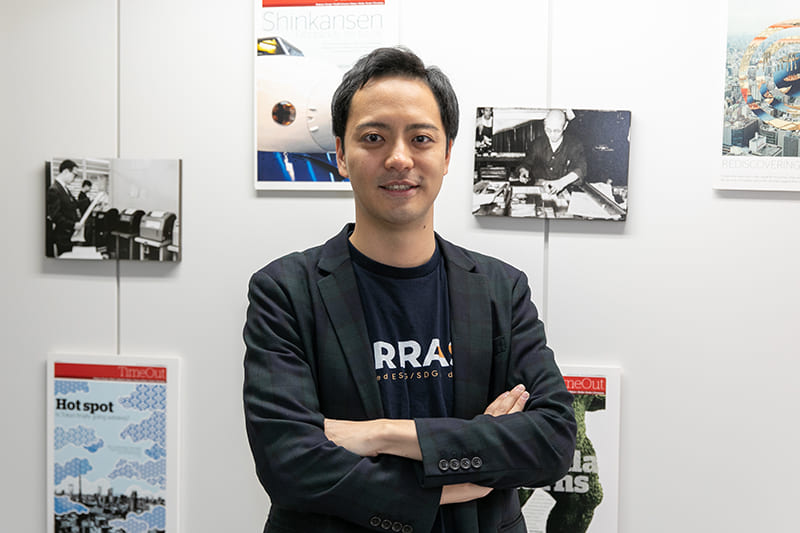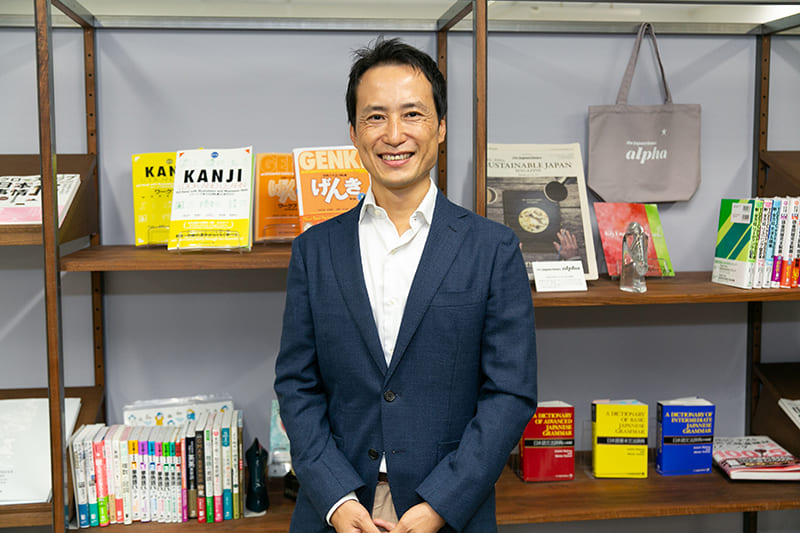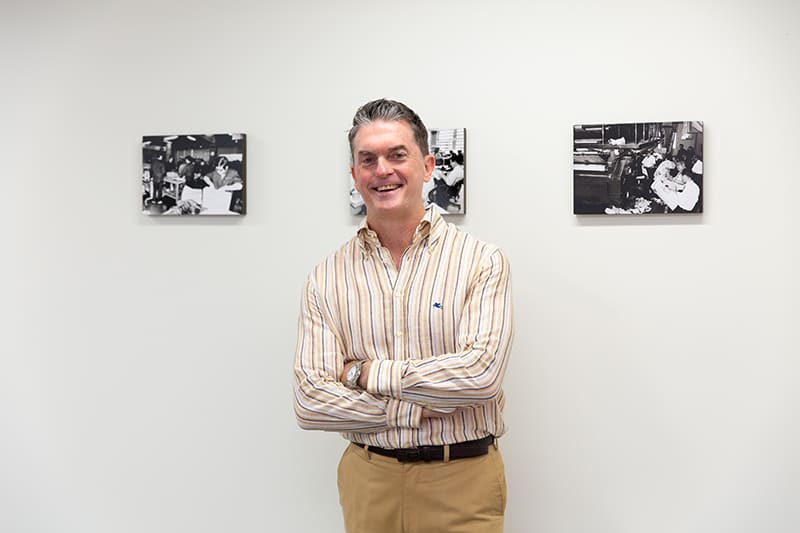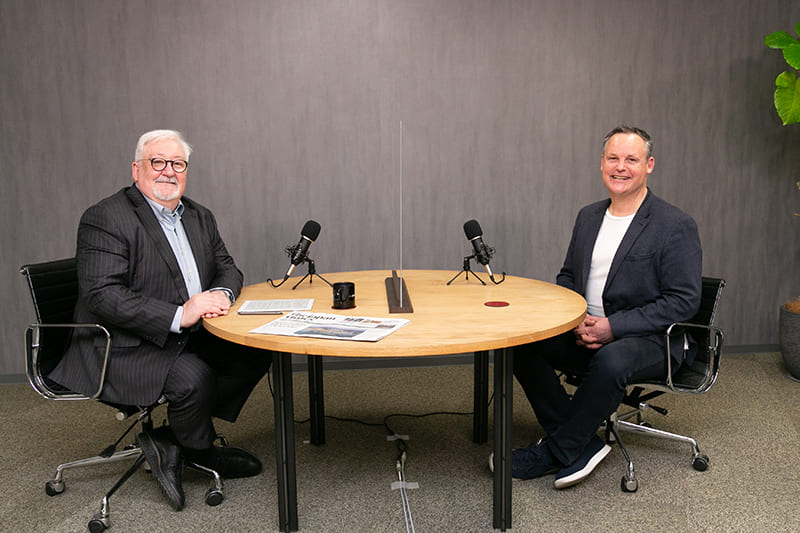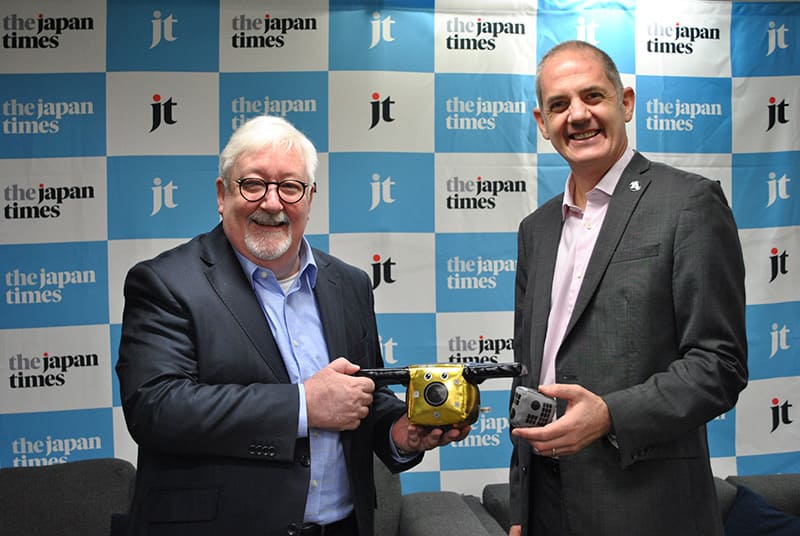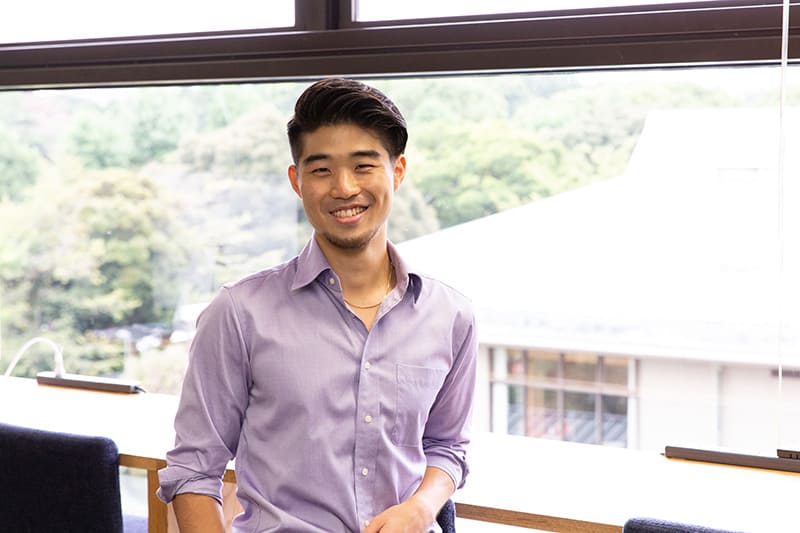June 09, 2021
Azby Brown: Student of Japan’s sustainable past
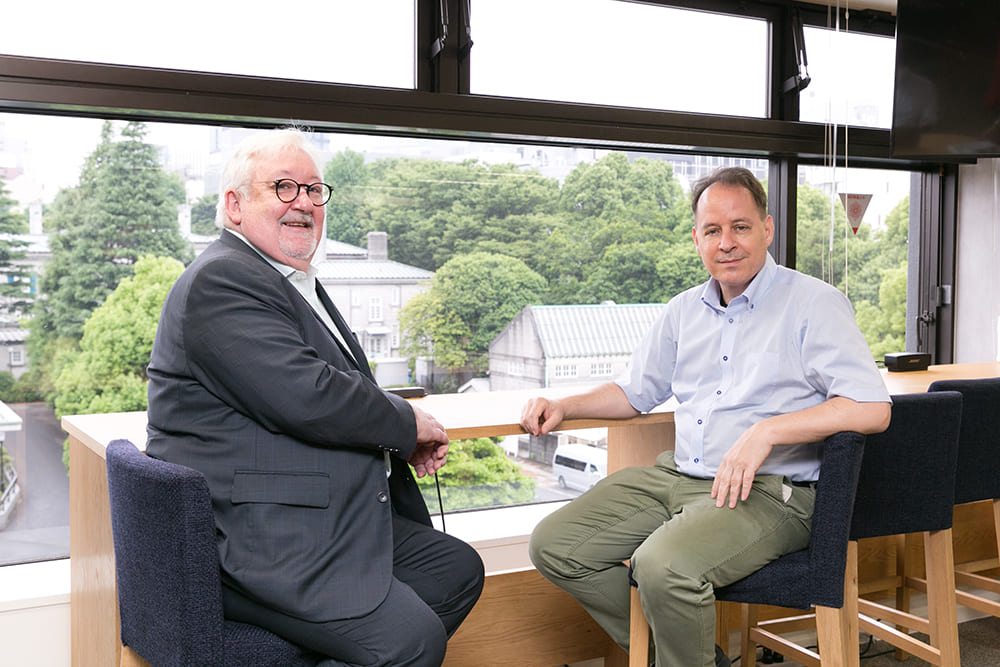
Azby Brown is one of those energetic, curious Western intellectuals who come to Japan and become experts about a single aspect of its society. There seems to be one for any subject, from crime (Jake Adelstein) to construction (Alex Kerr); if a reader is interested, there awaits a book, a podcast or a Twitter account ready to “go deep.” Often ensconced in a university post or website newsroom, these gaijin otaku, or “gotaku” (hey, look — I made up a new term!) vary in quality. Some are huckster Japanologists, promoting only the positive aspects of Japan simply because, well, that is what their employees (and readers) want to hear. Other gotaku are more like gadflies, stinging the sides of a slow-moving society with an informed and cutting pen, advocating for improvement with a mixture of frustration and genuine care for their adopted home.
Brown’s lifework here has been on two subjects, which he eloquently explains are one: architectural design and sustainability. He was the latest guest on the Japan Times Roundtable, an eclectic series in which Ross Rowbury cheerfully interviews a list of intellectuals, activists and writers. Rowbury, an informed gotaku himself, has a knack of setting his guests at ease and finding insights in their anecdotes. This latest interview with Brown was no exception, and it was fascinating to hear his story.
Craftsmanship, sustainably
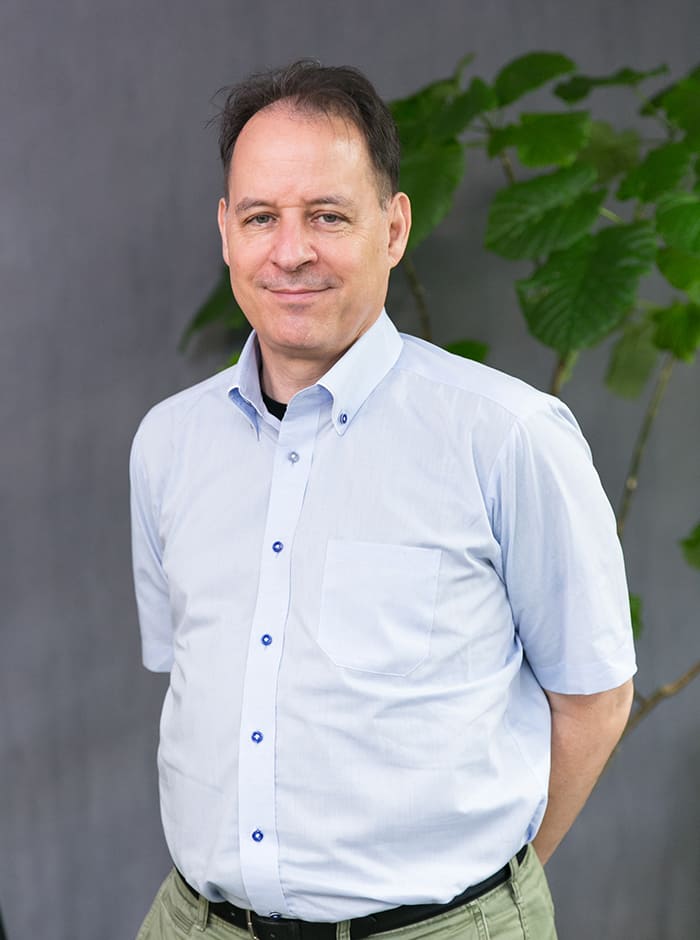
Brown’s first book, “The Genius of Japanese Carpentry,” is a beautiful, large-format book that deserves a spot on any bookshelf in Tokyo. As he related in the Roundtable, he wrote the book two decades ago, after spending three years on a building site with the famous miya daiku (temple carpenter) Tsunekazu Nishioka. The master had first offered to make the 28-year-old Brown a formal apprentice. But “I was warned that I’d have to put everything aside for eight years … eight years of pure obedience! So instead, I humbly asked if I could return and document his building sites, as an observer and student.”
The link between craftsmanship and sustainability was there from the beginning. “They have an oral teaching called kuden, which are the written sayings of temple carpenters. One of them says: “Don’t buy timber. Buy a mountain.” Brown explained that this is about selecting the right wood for each part of the building, based on how the source tree lived. Support pillars require trees grown at the tops of mountains, while north-facing exteriors are cut from north-facing trees. “Almost every question I asked him, he would circle back to the environment, how it shapes wood as it is growing, and how it will affect it after it has been used in a building.
Teaching lessons of the past
After publishing his seminal work, Brown studied Japan’s compact housing, linking the current challenges of urban designers to the sustainable practices of Edo Period Japan. This subject of sustainability brought new relevance to Japan’s traditional crafts. “After speaking at a sustainability conference in Sun Valley, I realized the rest of the world was ready to learn more about how the Japanese had faced having limited resources and how they had developed the circular economy of the Edo Period — the maximizing of resources; the environmental management of forestry, water, agriculture; the urban design; the subjects of waste, energy. These separate aspects link up and work together, and were a great starting point.” Rowbury also pointed out that these historical practices illustrate the traditional Japanese mindset of wasting nothing, an everyday form of sustainability still avidly practiced in most Japanese households (Don’t throw away that wrapping paper!).
It is rare that a gotaku author can create seminal works on two subjects; usually a single opus will do. That Brown is also the author of “Just Enough: Lessons in Living Green from Traditional Japan” is quite an achievement. Published in 2013, the book describes the everyday life of Edo Japan through easy-to-read narrative stories. “There were so many great Japanese researchers working on their specialized areas, and I was able to pull this together with my own fieldwork. I wrote the book as a travelogue: If you were there at the time, what would you see? In the book, we visit a farming village, a carpenter living in a row-house tenement and a low-ranking samurai in Edo.” As the Amazon reviews never fail to mention, there are also many, many illustrations — highly detailed, almost technical drawings of the homes, tools and water systems that allowed the people of the Edo Period to thrive with extremely limited resources. The book also provides the context for the challenges they faced. “Prior to the Edo Period, there was massive deforestation. Clear-cutting can cause so many problems … from deforestation all the way to total famine… but (the Edo people) managed to forestall those dominoes falling.”
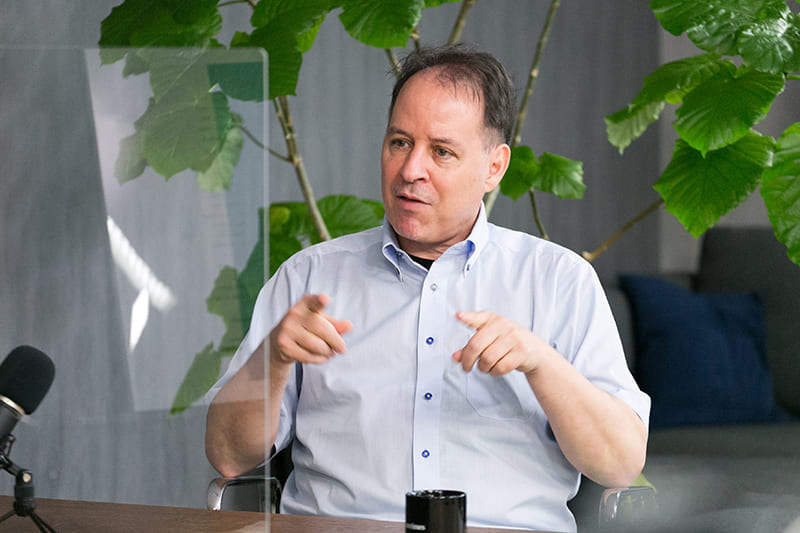
Circular to digital economies?
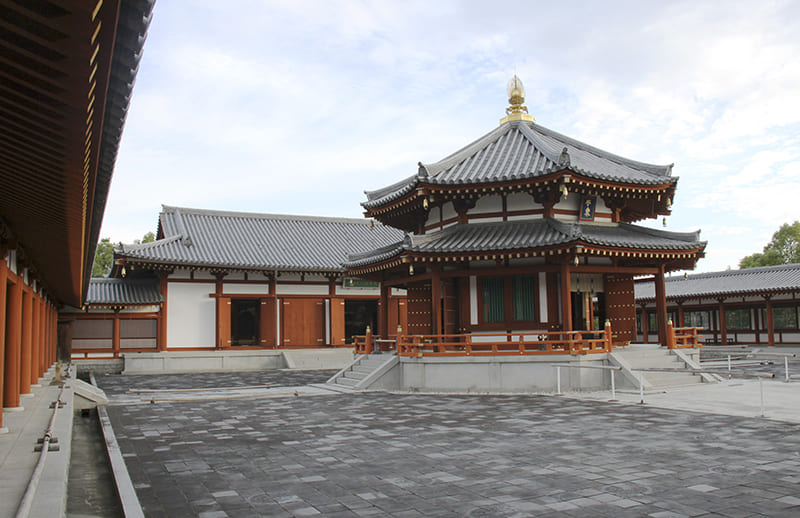
Learning from the past is one thing, but how can today’s Japan practice sustainability? Rowbury made the point that over 60% of people now consider themselves a “belief-driven buyer,” in that they will only purchase goods and services from companies whose values align with their own. “It’s as if they’ve given up on governments and are now voting with their pocketbook.” Is this the answer? Brown agreed, and voiced a surprising optimism. “The local food movement is a big part of that! Sustainable clothing. Free-trade coffee. People have alternatives and choice now. And as we as individuals demand more choice, things will get better.”
Positive change and outlook
Here in Japan I have found that a gotaku’s optimism is often correlated with their age. The young 25-year-olds breathlessly covering subjects like music, medical research or economics are often stark contrasts with the more cynical 50-year-olds who have written about the same thing for years but have seen only stagnation in their field.
Brown does not suffer from this bitterness. Instead he sees the lessons of the past becoming the practices of today. His books are instructive, his optimism is inspiring and his message is clear: Take action. Learn more. Demand sustainable options. Like the master craftsman he once learned from, or the people of Edo, together we can all live a little more thriftily.


